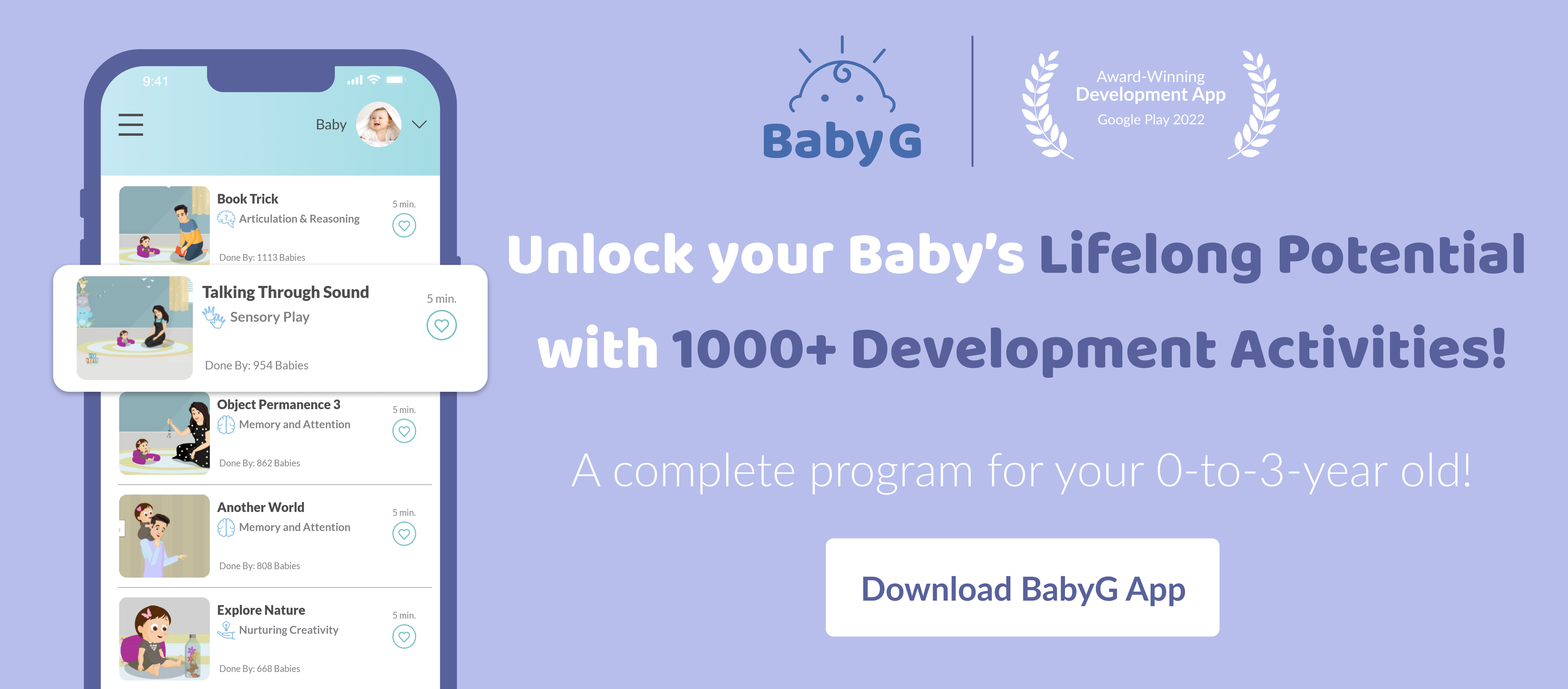
1-Month-Old Breast Milk Feeding Milestones
Each mom’s breastfeeding journey is unique and filled with ups and downs. Despite the sleepless nights and a multitude of changes in your body, breastfeeding opens up one of the first doors to deeper bonding and nurturing. Your breastfeeding journey takes a lot of effort and the signs of growth ought to be celebrated. Once you are done with the milestones to achieve by a newborn, you can refer to the below breast milk feeding milestones for your 1-month-old. Let’s identify and celebrate your special milestones while breastfeeding together.
-
Increased Appetite: It is natural to expect your baby to get hungrier and demand more milk as they grow. By the time your baby is 1 month old, they start getting more active with their movements. Your 1 month old baby's feeding amount too needs to increase so that you can keep up with the amount of energy your baby needs. The right balance of nutrition helps to keep your baby healthy and tick off even more milestones.
-
Establishing Feeding Patterns: By the age of one month you will also be able to predict when your baby gets hungry and the intervals between each feed. Your interaction with your baby becomes more understandable as they gain the ability to give evident cues to indicate when they are hungry and full. You will also be able to identify the positions you and your baby are most comfortable with while feeding, which enables your baby to latch appropriately to avoid discomfort. Additionally, as a result of the increased frequency of feeding, moms who initially struggle to produce milk are able to regulate their milk production. All of these elements in your feeding pattern contribute to a routine that helps you stay prepared and well-organized, helping you hit the milestone of understanding your baby better.
-
Fixed Schedules: By the time your baby is a month old, you will have observed their natural schedule of when they wish to feed and sleep. Making small changes in their schedule is fine at this stage to make some time for yourself. Mastering the art of planning your schedule means getting a break for some more rest, and allows you to thrive along with your baby amidst all the frequent feeding. Hence, hitting the master planner milestone is great in giving moms a sense of accomplishment and control.
- Healthy Weight Gain: After your baby is born, you will notice they start losing a few pounds. This happens due to the fluid that they lose that was present at the time of birth. 1-month-old babies regain the lost weight and match up to their birth weight with the help of good nutrition from breast milk. This milestone in your baby’s growth signifies that they are well-fed and growing steadily.
How To Calculate How Much Breast Milk My Baby Needs?
Determining how much breast milk newborn needs is an easy task since there is a doctor or midwife to get you started with the basics. However, as you proceed on your breastfeeding journey, you will encounter many changes and you may feel the need to resort to a breast pump. While breast pumps give amazing relief to moms, breast milk needs to be kept in the freezer to avoid spoilage. When your baby is ready to consume the stored milk, you will take out the milk storage bags from the freezer and let it thaw before your baby consumes it. This milk, once thawed cannot be kept in the freezer again.
Due to this, it is integral that you understand and keep track of how much milk your baby needs to be satiated. Here's how to track the same yourself:
-
Age & Weight: Babies are able to hold different amounts of milk in their tiny tummies as they grow. You must have observed that your newborn consumed just around a few tablespoons of milk in the first few days after birth. As your baby grows older, their stomachs along with drinking habits start to increase. You will find yourself feeding your 1 month old more frequently and in a slightly higher quantity too. Keeping their age in mind and how each baby is unique, their weight also plays a significant role in determining how much milk you need to feed your baby. Babies who are not underweight and on the heavier side will get hungry more frequently and consume more milk than the rest.
-
Milk Intake Per Day: Keeping your baby’s weight in mind, you will multiply their exact weight by 2.5. For example, if your baby weighs 5.6 pounds, you will calculate 5.6 multiplied by 2.5 which is 14. That means the approximate daily milk intake is 14 ounces.
-
Milk Intake Per Feeding: Once you’ve calculated the total amount of milk your baby needs daily, you will then divide this amount by the number of feedings your baby has in a day. This number is different for different babies. If your baby gets hungry quickly, you may have a higher number of feedings in a day. For example, if your baby needs 14 ounces of milk per day and you end up feeding your baby 10 times a day, you will divide 14 by 10. Which means your baby needs 1.4 ounces of milk per feeding.
-
Cues: Follow your baby’s responses while bottle-feeding them. Ideally, babies turn their face away from the nipple, which means they are taking a break and you can stop feeding at this stage. You can make a mental note of how long your baby takes to feel full in order to avoid overfeeding.
- Changes: Each baby is different and has different nutritional needs too. Your child’s healthy growth is an important factor to consider while calculating how much milk you need to bottle feed your baby. Healthy babies will steadily increase their intake depending on their age and weight. It is also important to observe how your baby responds to feeding sessions. Bottle feeding especially needs to be an interactive process where you allow your baby to take the lead and let them convey how much milk they want to avoid going overboard. Therefore, to understand how much breast milk should a 1-month-old eat, you will have to make your breastfeeding journey an interactive process for the best results.
How to Know Breast Milk Is Enough for a One-Month Baby?
Babies up to 6 months of age need exclusive breastfeeding. The breastfeeding routine is a major source of nutrition that has multiple benefits for both moms and babies. As your baby grows and goes through different changes in appetite, the supply and demand of breast milk need to be adjusted in accordance.
The standard way of measuring how many ounces of breastmilk for a 1 month old is needed is based on your baby’s weight and frequency of feeding. The general rule for calculating how much breast milk is needed is by taking 2.5 ounces of breast milk per pound of your baby’s weight. However, it is important to view breastfeeding as an interactive process. Whether you are directly nursing or bottle feeding, looking at your baby’s hunger cues is the biggest support to help you keep up with the demand. Likewise, your baby will also give your cues like they might turn their face away or get distracted. Such cues indicate that your baby has had enough breast milk.
Besides observing your baby’s cues, the approximate amount of breast milk most 1-month-old babies consume is around 32 ounces per day and approximately 3 to 4 ounces per feeding session. Overall, it is important to understand that each baby is unique and their needs too can be different. While the generic information does cater to a majority of the parents, it is also a good choice to take help from your pediatrician or lactation expert for much more personalized and specific directions to make your breastfeeding journey better.





LEAVE A COMMENT